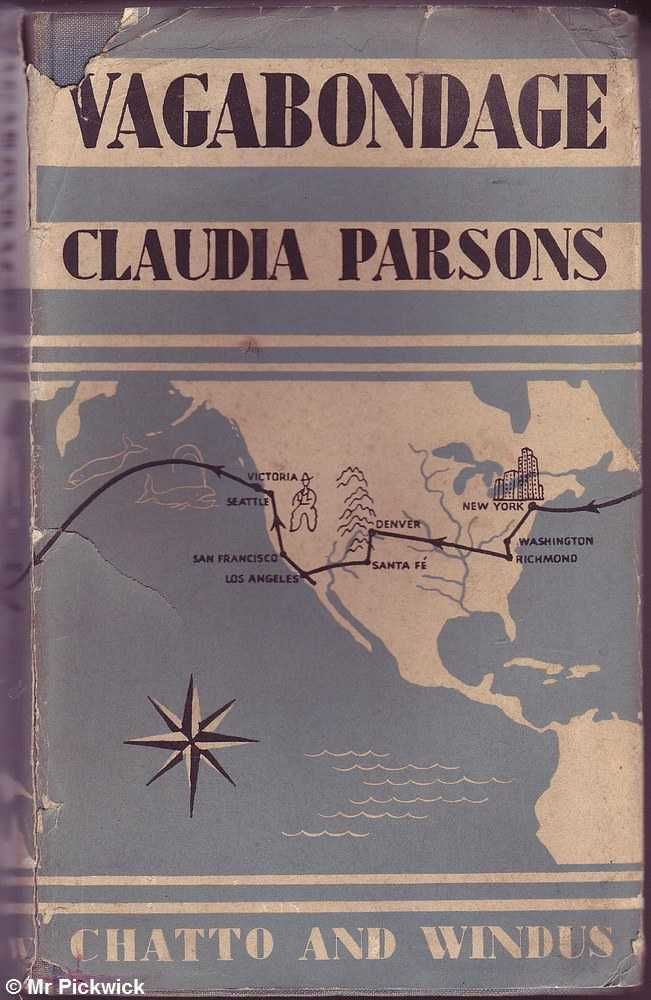References: Orang Asli bibliography 2001 (28): Parsons to Quadens
- tplye2
- Aug 27, 2023
- 4 min read
Updated: Aug 28, 2023
From: Lye Tuck-Po, ed. 2001. Orang Asli of Peninsular Malaysia: A Comprehensive and Annotated Bibliography, CSEAS Research Report Series No. 88. Kyoto: Center for Southeast Asian Studies, Kyoto University.References 733–745




Comments